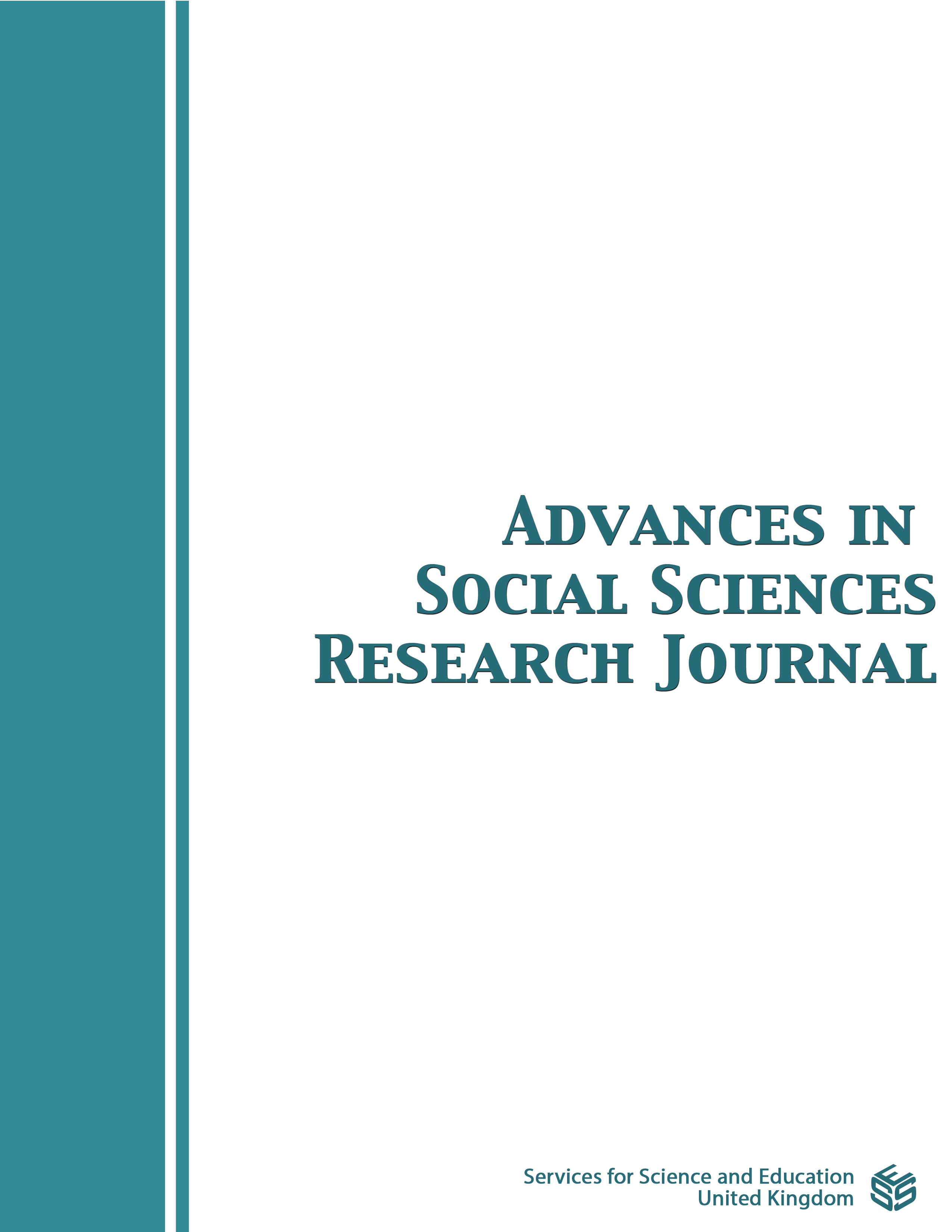Ambiguity as a Natural Outcome of Language Evolution Serving the Communicative Function
DOI:
https://doi.org/10.14738/assrj.94.12140Keywords:
ambiguity, meaning, multiple, language, function, communicationAbstract
While defining language, its being a means of communication is always highlighted. Languages have evolved to allow individuals to express themselves and exchange information. Having said that, it is questioned why languages, as a primary tool for communication, are full of ambiguities occurring at almost all linguistic levels. To answer this question, this paper attempts to analyze the concept of linguistic ambiguity examining its role and function in the language. For achieving this purpose, the concept of ambiguity has been explained thoroughly and argued that despite some occasional misunderstandings in communication, ambiguity is a merit of a language rather than a drawback for humans who have inherent and sophisticated cognitive mechanisms to understand what is meant. The claim that ambiguity is a curse not a blessing is applicable to computer sciences where Natural Language Processing is inhibited due to ambiguity. Arising from the disproportion between linguistic items and realities, ambiguity should be regarded as a natural evolutionary outcome thanks to which easier and shorter words are reused making the language more efficient.
Downloads
Published
How to Cite
Issue
Section
License
Copyright (c) 2022 Aydan Tahir Malikzadeh

This work is licensed under a Creative Commons Attribution 4.0 International License.
Authors wishing to include figures, tables, or text passages that have already been published elsewhere are required to obtain permission from the copyright owner(s) for both the print and online format and to include evidence that such permission has been granted when submitting their papers. Any material received without such evidence will be assumed to originate from the authors.






